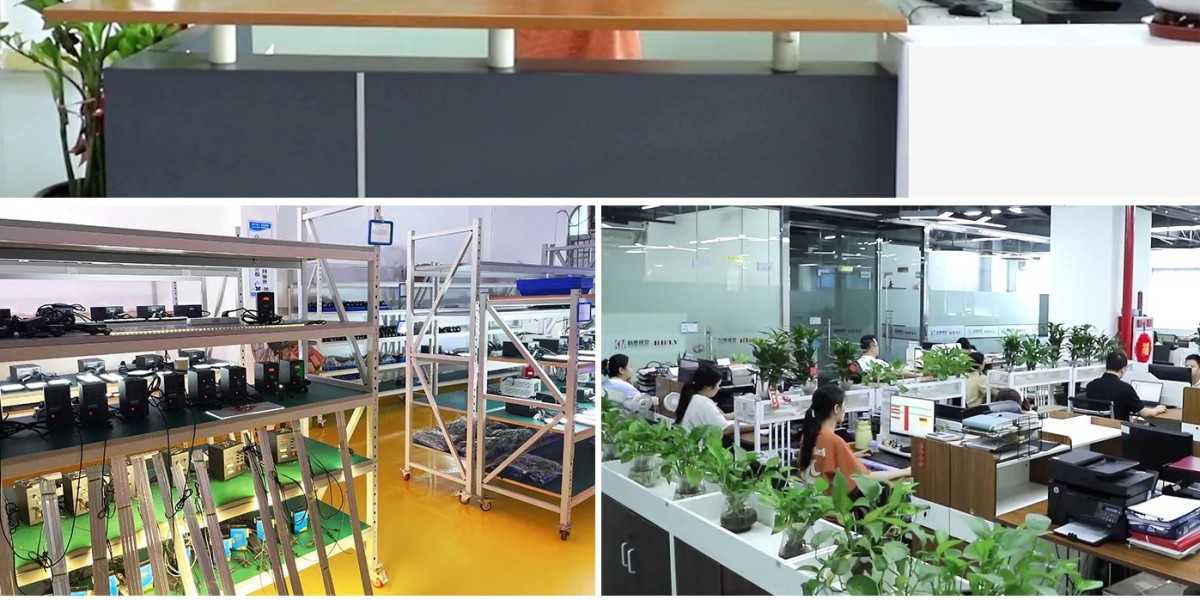Today, we will explain the applications of four core lighting colors and one contrast strategy to help quickly select the right lighting.
Ⅰ. White Light: Suitable for 80% of General Scenarios
White light covers the full visible spectrum (380–750 nm), accurately reproducing the true colors of objects. It is the most versatile lighting option and serves as the "default choice" in visual inspection.
- Key Advantages:
Uniform spectrum and comprehensive detail rendering, eliminating the need to worry about material compatibility—whether for plastic, metal, or paper products, white light can capture clear baseline images.
- Applicable Scenarios:
Baseline testing in the initial inspection phase (evaluate effects under white light first, then adjust), mixed-category product inspection (e.g., inspecting both plastic and metal parts on the same production line), and scenarios requiring color difference detection (e.g., food color inspection).
Note:
When unsure which color to choose, start with white light. It can handle 80% of general inspection scenarios.
Ⅱ. Blue Light: Amplifying Tiny Defects
Blue light has a short wavelength (450–495 nm) and strongly scatters when interacting with fine structures (e.g., scratches, particles), making it ideal for highlighting micro-defects on highly reflective materials.
- Key Advantages:
Suppresses specular reflection on metals (e.g., prevents glare on stainless steel surfaces), creating strong contrast for defects like scratches and dents.
- Applicable Scenarios:
Surface inspection of metal parts (e.g., scratches on automotive bearings, dents on smartphone frames), detection of tiny impurities on glass surfaces, and scenarios requiring precise edge localization (e.g., chip pin alignment).
Note: Blue light can be harsh on the eyes; protective glasses must be worn during operation.
Ⅲ. Red Light: Strong Penetration Capability
Red light has a longer wavelength (620–750 nm), enabling it to penetrate certain dark or semi-transparent materials. It is suitable for inspecting "features inside or beneath surfaces."
- Key Advantages
Not absorbed by dark materials, allowing it to penetrate surfaces and reveal underlying features—e.g., making characters visible through dark plastic bottles.
- Applicable Scenarios
Reading characters on dark liquid bottles (e.g., oral medicine bottles, ink bottles), detecting internal bubbles in semi-transparent colloids (e.g., silicone, resin), and identifying impurities between layers of fabric.
Note: Red light can be harsh on the eyes; protective glasses must be worn during operation.
Ⅳ. Green Light: Suppressing Background Interference for Accurate Character Recognition
Green light has a medium wavelength (520–570 nm) and performs exceptionally well in monochrome camera systems, effectively suppressing background interference and enhancing target features.
- Key Advantages
Provides extremely high contrast for red targets (e.g., red characters appear brighter under green light) and can "neutralize" green backgrounds (e.g., green bottle caps appear darker under green light, making white characters stand out).
- Applicable Scenarios
Character recognition on packaging labels (e.g., white batch numbers on green bottle caps), detection of red defects (e.g., white impurities on red rubber parts), and target extraction in cluttered backgrounds (e.g., part positioning on green conveyor belts).
Note: Green light can be harsh on the eyes; protective glasses must be worn during operation.https://www.szhifly.com/



